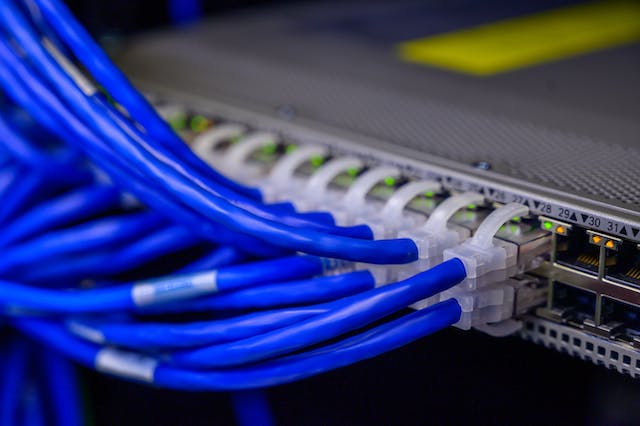In the fast-paced and interconnected world we live in today, seamless communication and data transfer are imperative for the smooth functioning of businesses and everyday life. At the heart of this connectivity lies a crucial piece of networking technology – the Ethernet switch. In this blog, we will explore the fundamentals of Ethernet switches, their key features, and the pivotal role they play in shaping our digital experiences.
Understanding Ethernet Switches:
An Ethernet switch is a networking device that operates at the data link layer of the OSI model. Its primary function is to forward data frames between devices within a local area network (LAN). Unlike traditional hubs, which broadcast data to all connected devices, switches are more intelligent and selective in their data transmission.
Key Features:
- Port Configuration: Ethernet switches come with multiple ports that enable the connection of various devices, such as computers, printers, servers, and other networking equipment. Ports can range from a few to several dozen, accommodating different network sizes.
- MAC Address Learning: Switches use Media Access Control (MAC) addresses to forward data to the appropriate device. They maintain a table that associates MAC addresses with specific ports, allowing for efficient and targeted data transmission.
- Packet Filtering: Through packet filtering, switches enhance network security and optimize bandwidth usage. They analyze data packets and make decisions based on the source and destination MAC addresses, helping prevent unnecessary data traffic.
- Full Duplex Communication: Unlike traditional hubs that operate in half-duplex mode, Ethernet switches support full-duplex communication. This means that devices can both send and receive data simultaneously, significantly improving network efficiency.
- VLAN Support: Virtual LANs (VLANs) enable the segmentation of a network into multiple virtual networks, each with its own set of rules and security policies. Ethernet switches support VLANs, providing flexibility and enhanced network management.
Role in Network Performance:
Ethernet switches play a critical role in optimizing network performance by minimizing collisions and improving data transmission efficiency. Unlike older networking technologies like hubs, switches create dedicated communication paths between devices, reducing congestion and enhancing overall network speed.
Applications:
- Enterprise Networks: Ethernet switches form the backbone of enterprise networks, connecting a multitude of devices and ensuring seamless communication within an organization.
- Data Centers: In data centers, where high-speed and reliable connectivity is paramount, Ethernet switches are employed to manage the extensive network infrastructure supporting servers, storage, and other critical components.
- Smart Homes: With the proliferation of smart devices in homes, Ethernet switches provide a reliable and high-speed backbone for connecting smart TVs, gaming consoles, security cameras, and other IoT devices.
Conclusion:
In the ever-evolving landscape of networking technology, Ethernet switches stand as stalwart facilitators of connectivity. From powering enterprise networks to enabling smart homes, these devices play a pivotal role in shaping the way we communicate and share information. As we continue to witness advancements in networking, Ethernet switches will undoubtedly remain a cornerstone, ensuring the seamless flow of data in our interconnected world.
